Looking for Cool Elegance on the Upper East Side? Call Tom Scheerer
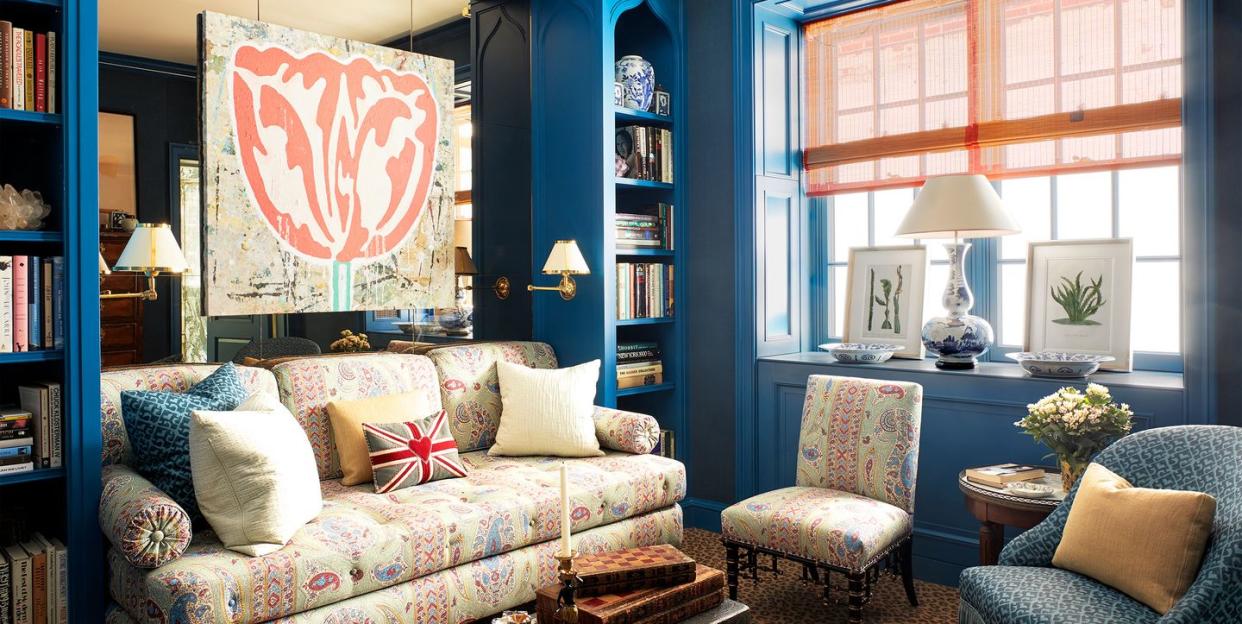
There are several ways to make a decorator go crazy. Pinterest is a good one. Bringing your children to every meeting could be another. But one of the most diabolical methods, right at the top, is asking a designer to do his or her best work all over again. Not because one isn’t glad to have the job, mind you, but because creatively there is almost no bigger challenge than reimagining a space to which you’ve already given your best shot. This is the story of one time when that challenge (ahem, opportunity) did go really, really well—one that involves Tom Scheerer and one of his most loyal clients, refereed by the architect Gil P. Schafer.
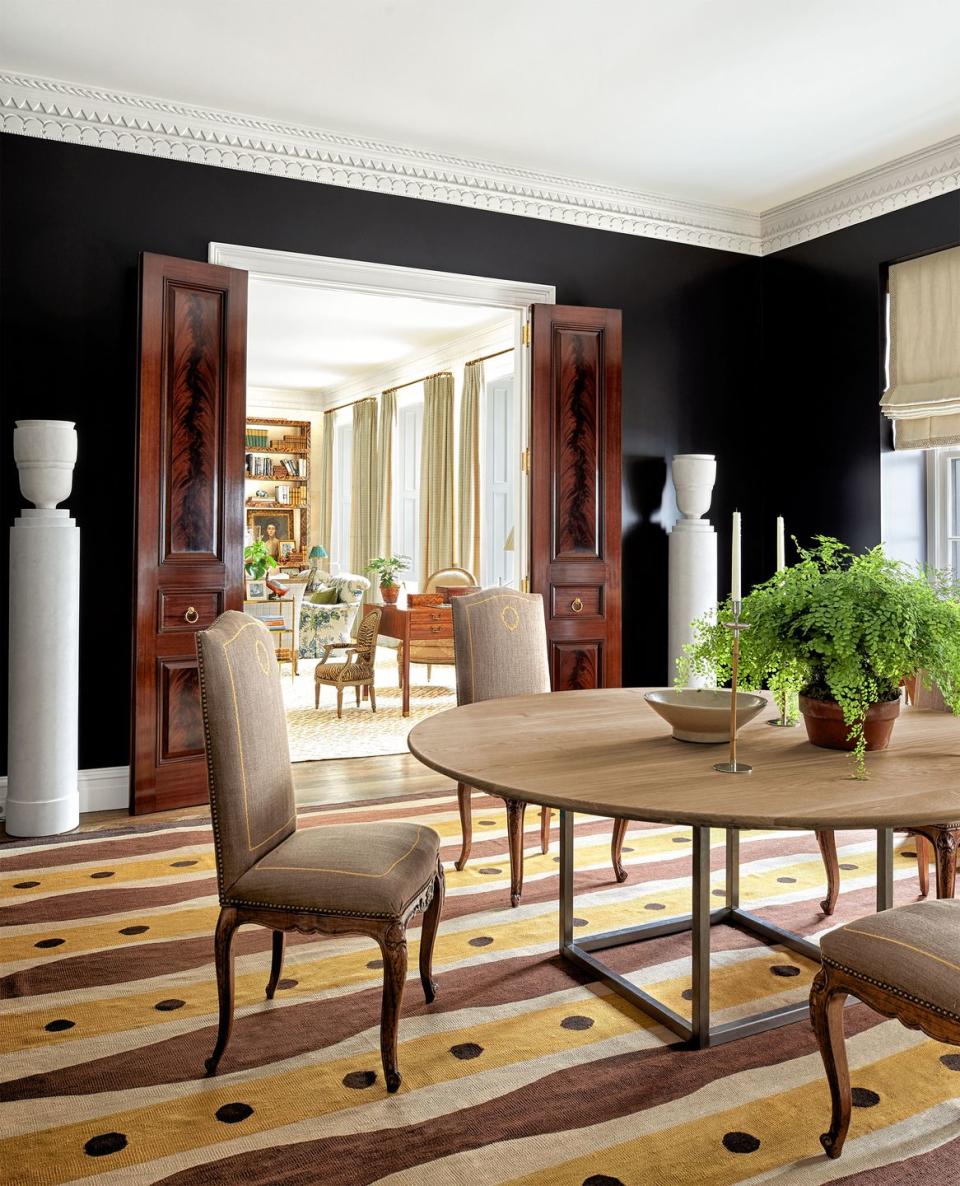
If you follow Scheerer’s work, you may recognize this apartment, in one of the most quietly elegant buildings on the Upper East Side: It appeared on the cover of his first book, Tom Scheerer Decorates, in 2013. It also contains my favorite Scheerer space, a dining room with one foot in the coral-glazed past and the other on the pulse of the moment, all contemporary photography paired with an Allegra Hicks rug. Scheerer has been working on the apartment since the mid-1980s, room by room, all the time maintaining a close friendship with the client. This is a tale of its rebirth—but first, a word about context.
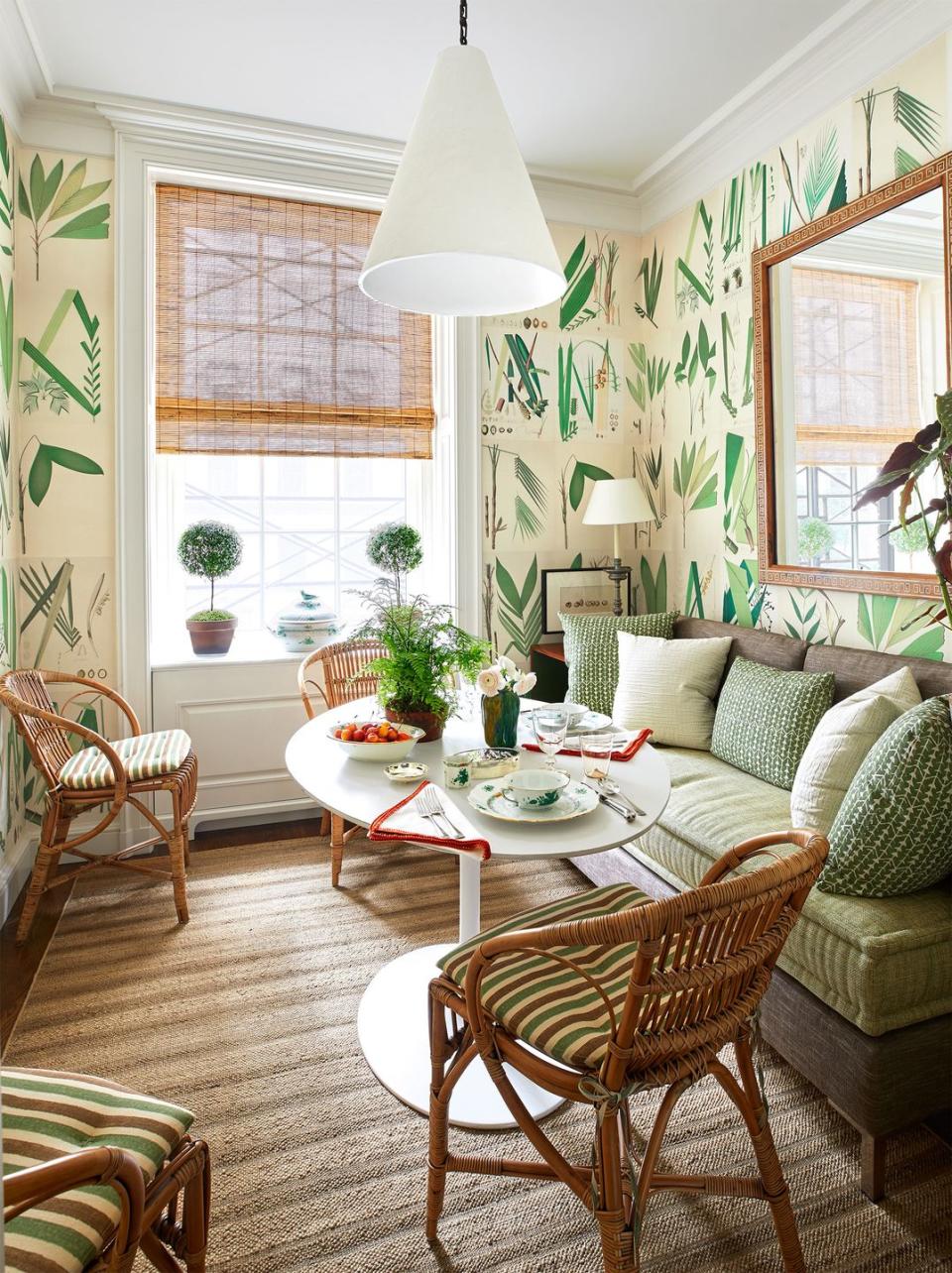
There’s a certain take on how to live well in New York that’s nearly gone now but, like most things on the brink of extinction, still has a lot to teach us. There was a time when knowing how to keep an elegant house in the city was a small club. The buildings were few; the people in them who might be served a cheese puff on a silver tray knew that it came from William Poll; the gin was cold, and the jazz was hot. Not anymore. The intersection of privilege and family life on the Upper East Side is alive and well, but with a new and more opulent vocabulary involving SUVs, Barbour jackets, and Jeff Koons. This apartment represents the opposite—a friendly, natural, dog-centric take on patrician New York style. There are piles of books and family photographs. Flowers are not bought, they’re brought in from the country. There is a smoking room. Cheese puff?
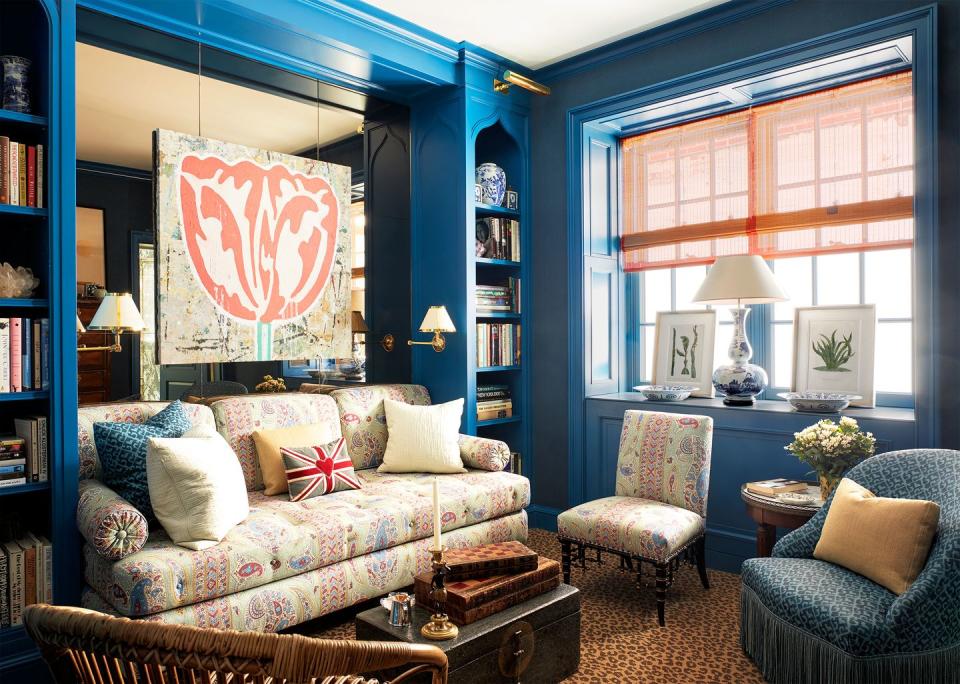
“Emotionally, I just wasn’t ready to leave,” says the homeowner. “My mother moved a lot.” It’s impossible to understand the life in these pictures without appreciating the central importance to it of family: The client’s mother was the late Lady Sarah Consuelo Spencer-Churchill, the life of the party—whether she was dancing the limbo in Jamaica, where she had a home, or hobnobbing in international café society. In childhood, the owner was very close to (and for a time lived with) her great-grandmother, Consuelo Vanderbilt Balsan, former Duchess of Marlborough. A portrait by Sargent of this legendary Gilded Age figure now brightens the entry. (How many projects contain the decorator-client exchange, “Is this a Sargent under your mother’s bed?”) There are fabled houses like Blenheim in this family’s story, but ultimately this is about an American woman living in New York today. After raising three children in this apartment, she wanted to “turn it into an apartment for me.”
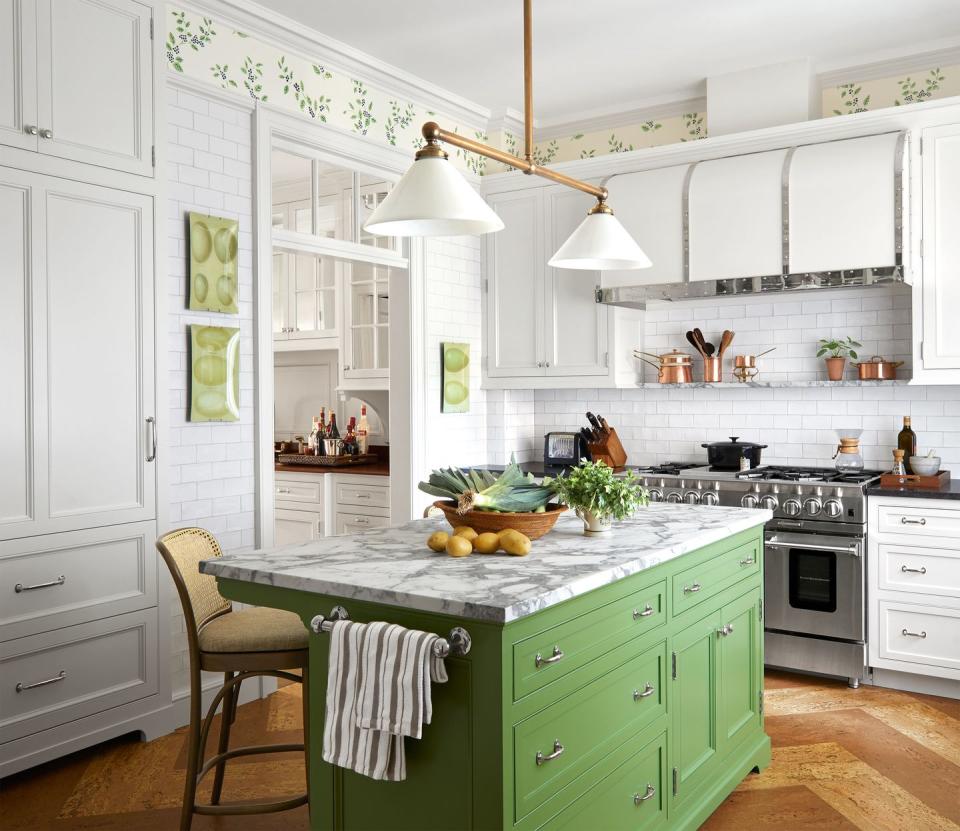
Says Schafer: “Her brief to us was really practical. We just ever so slightly raised the level of things to where we thought they should be.”
What does that mean, exactly? “Architraves for windows that didn’t have them. Higher doors with paneled jambs. The kitchen was built as a service space, not really for use by the owner at all, and we had to fix that. But I never wanted to upstage Tom’s understated elegance—or the owner’s. She has real warmth as a person.”

Scheerer, not known for overintellectualizing his projects, gets right to the point. “I couldn’t make it worse, so I had to make it better, somehow,” he says. He reimagined the floor plan with fewer, more personal rooms. The library, opened up to the main bedroom, is now a sitting room. A child’s room was transformed into the aforementioned smoking room (a wink to old New York). The dining room became dramatic.
“When Tom said he wanted to paint it black”—an homage to Louise Grunwald’s famous dining room by Albert Hadley—“that scared me,” the owner admits. “I loved my orange dining room. But I trust Tom implicitly. Why hire a decorator if you’re going to fight them every step of the way?”
Nobody went crazy, but with so much understatement going around, what is Schafer most proud of? “That no one would know we did anything.”

This story originally appeared in the November 2020 issue of ELLE Decor. SUBSCRIBE
You Might Also Like

